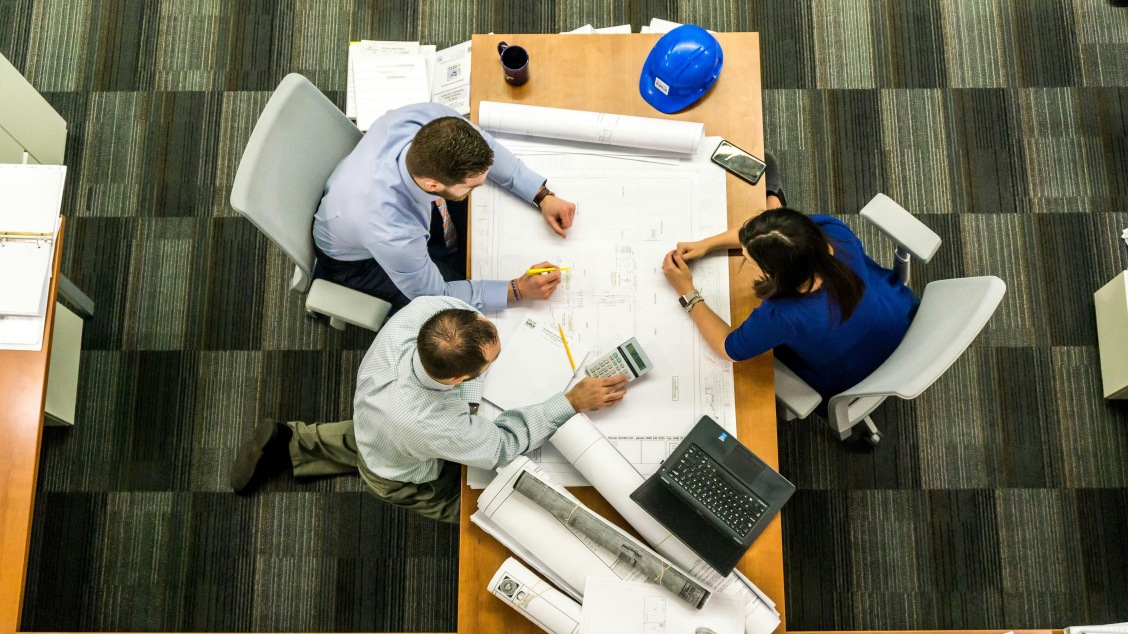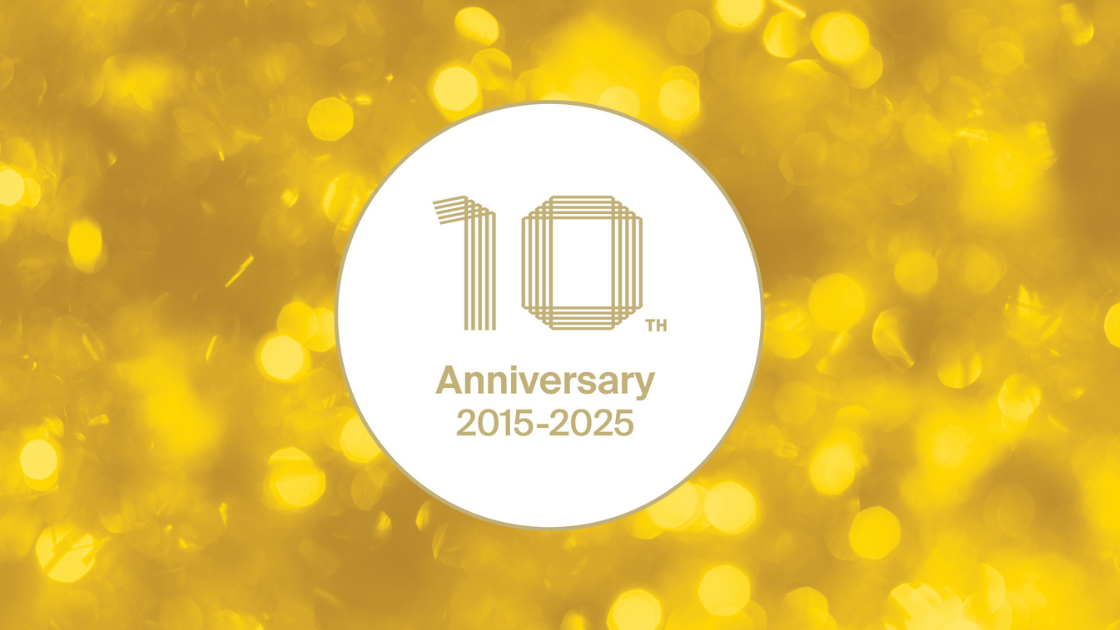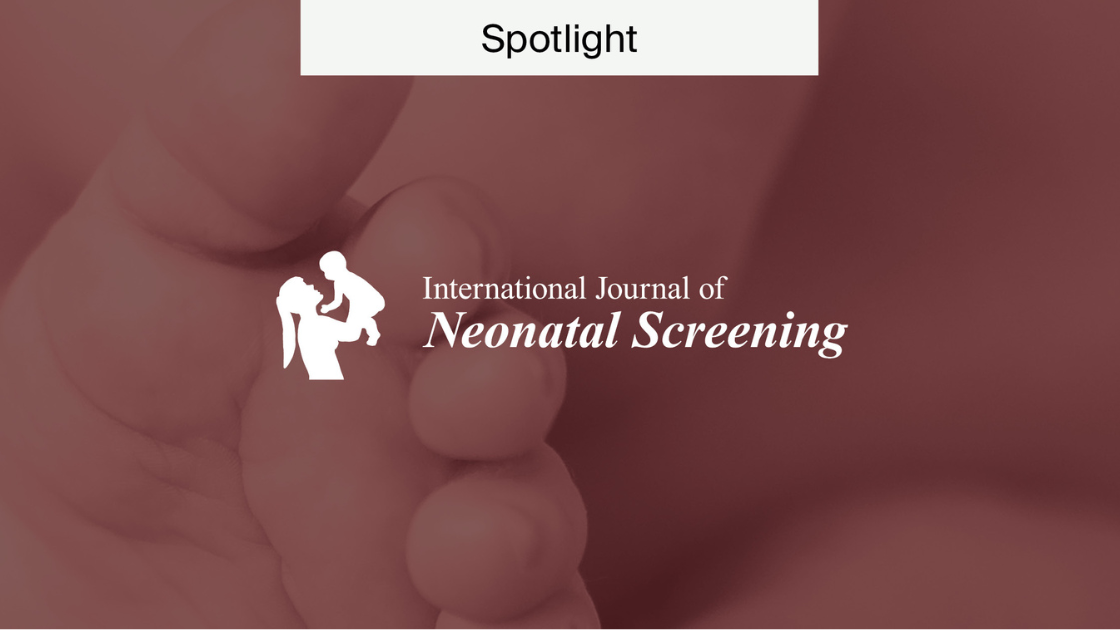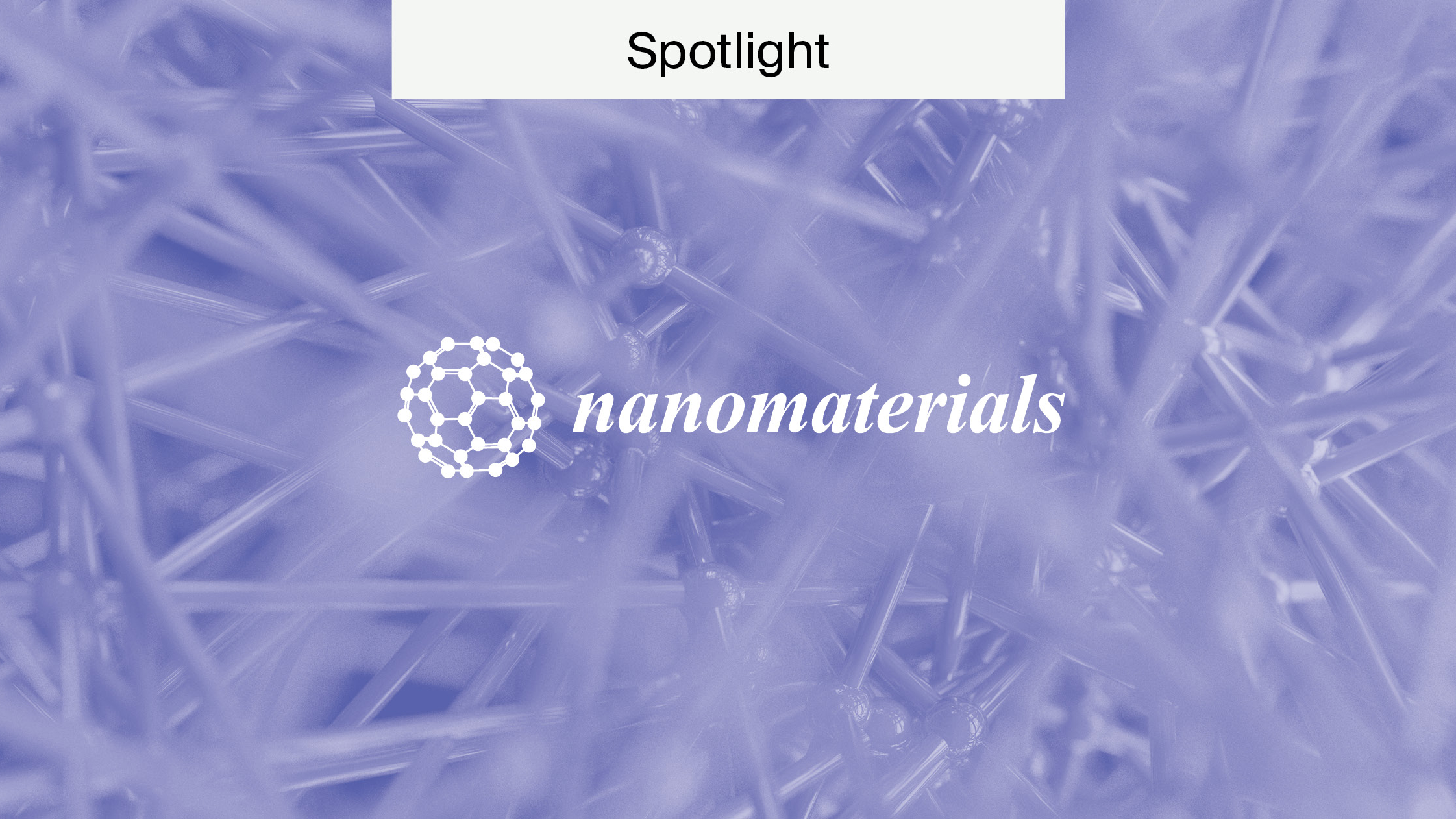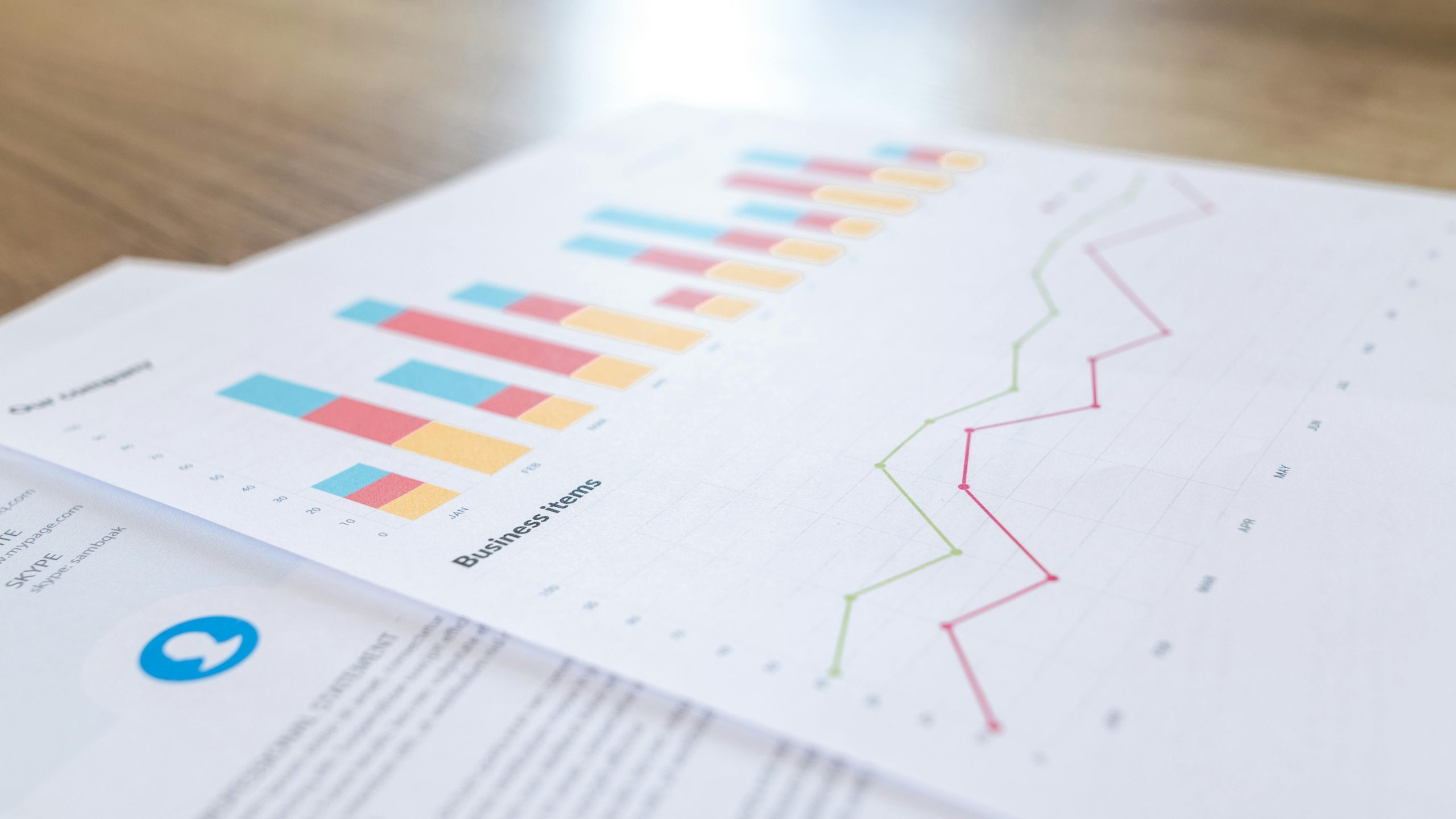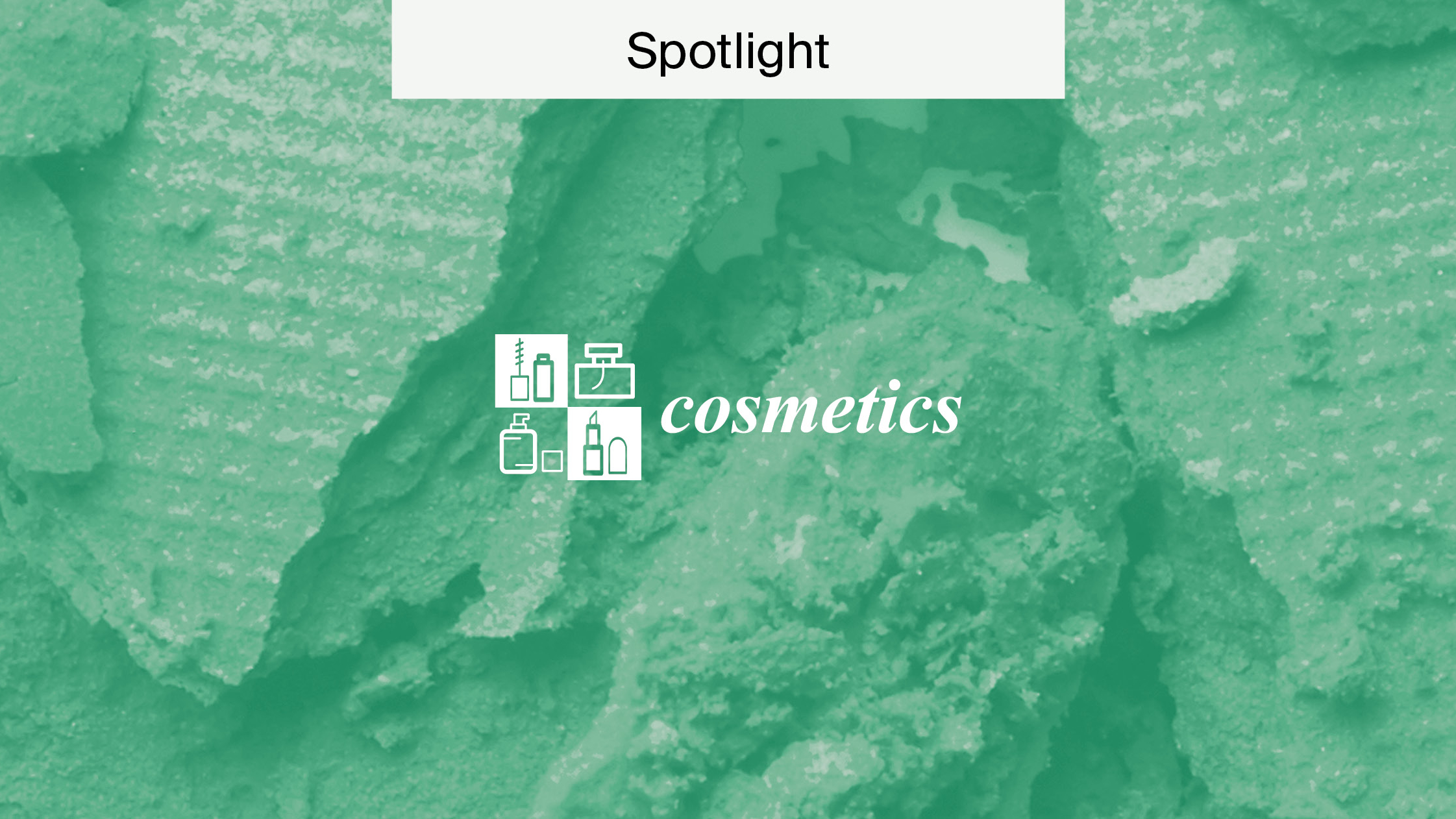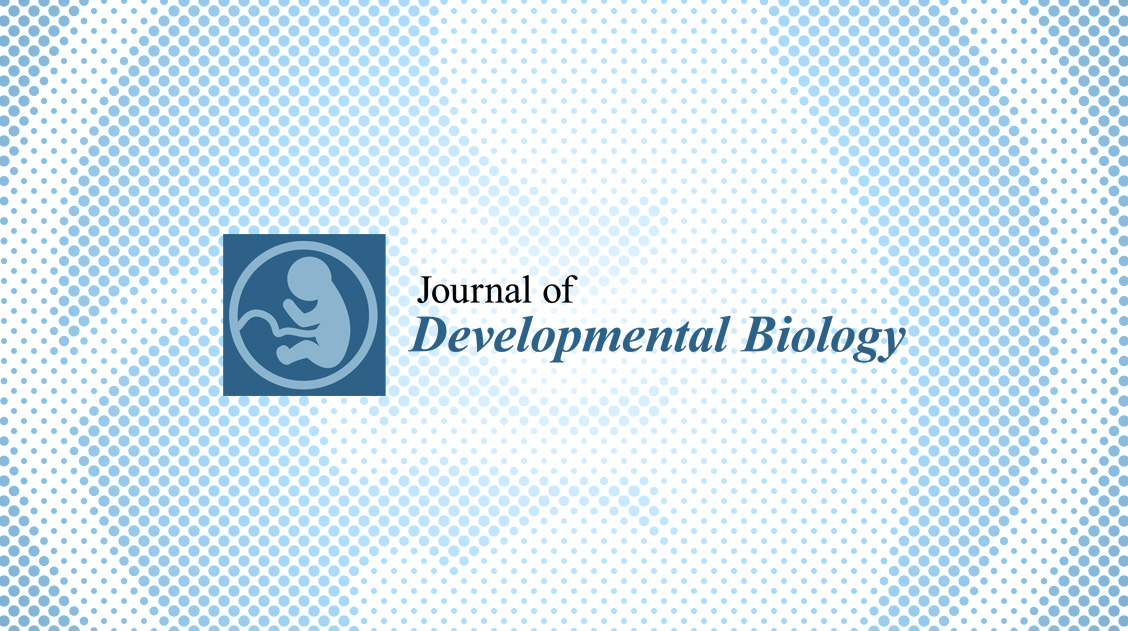
An Interview with Prof. Dr. Roberto Mayor
Prof. Dr. Roberto Mayor is an Editorial Board Member of several journals, including MDPI’s Journal of Developmental Biology. In addition to his role as Professor of Developmental and Cellular Neurobiology at University College London, UK, he is the founder and president of the Latin American Society of Developmental Biology (LASDB) and Editor-in-Chief of Cells & Development.
In 1989, Prof. Dr. Roberto Mayor published his first paper on the role of the cytoskeleton in the process of compaction during mammalian blastocyst formation. Since then, his attention has been diverted towards the neural crest, combining molecular and cell biological methods in order to investigate how neural crest cells are produced and the factors influencing their directional migration in embryos. He has also devoted his time to investigating the chemical and mechanical signals involved in the regulation of directed cell movement, and considered migration from a supracellular organization standpoint.
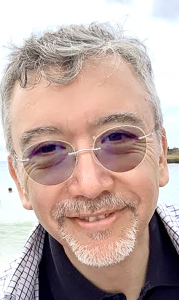 As a leader in the application of cell biological techniques to understand vertebrate development, we are delighted to have had the chance to conduct an exclusive interview with Prof. Dr. Roberto Mayor himself.
As a leader in the application of cell biological techniques to understand vertebrate development, we are delighted to have had the chance to conduct an exclusive interview with Prof. Dr. Roberto Mayor himself.
Why is Developmental Biology Important?
Q: What sparked your interest in becoming a developmental biologist, and why is the field important?
A: Developmental biology is central to biology in general because it aims to understand a very fundamental and, at the same time, fascinating process, which is how you transform a single cell, the fertilized egg, into a very complex organism that can have hundreds of different kinds of cells organised in a very complex pattern with different morphologies and abilities, as each of us is. The outcome of this amazing transformation could be a human, an elephant, or a plant.
People say that the number of neurons or neuronal connections in our brain is bigger than the number of stars in the universe, and the formation of these connections occurs during development, so how you form a brain, how you differentiate those cells into neurons and how you assemble that brain into a functioning unit with all these connections is a truly amazing process.
And why is this important? Well, I think there are two aspects to this. One because understanding this helps us to understand our origin, and this is a fundamental need for us as humans. The second is that if any of these developmental processes go wrong, it can have devastating consequences, as it can result in malformations, diseases or even death, so there is an important medical application of understanding development, which makes it even more pressing to put the effort into studying it.
Latin American Society of Developmental Biology
Q: You are the founder and president of the Latin American Society of Developmental Biology (LASDB); can you tell us a bit about this association?
A: 20 or so years ago, we started to organise a course on developmental biology for Latin American students. We invited speakers from all over the world. The students on the first courses in around 1999, who came from different Latin American countries, asked us if we could organise a network that would allow us to maintain the connections between the students and faculty/lecturers.
I contacted Eddy de Roberti, who was the president of the International Society of Developmental Biology (ISDB) at the time, a very well-known scientist from the University of California, Los Angeles. I told him that we were planning to organise this network of developmental biologists and students working in Latin America. He proposed that instead of organising a network, we should organise a Scientific Society of Developmental Biology for Latin America, and that is what we did.
The first meeting
The first meeting we had was in 2003, to which we invited scientists from all over Latin America, Europe, and the USA. However, the first obvious difficulty that we found was to invite Latin American scientists as we did not know who they were, as we had no connections with the scientific communities in Latin America. Despite this, the first meeting was a great success, and we have maintained regular meetings for almost 20 years. The LASDB has been very successful in allowing us to interact and collaborate with others in the field. Last year, the meeting had to be cancelled because of the pandemic, but I understand that the next one will be held next year. So, it’s a very exciting venture that we started many years ago and is still a very active society to this day.
Lab Work
Q: What area of research is your lab working on right now? And could you tell us about your laboratory’s research plan for the next few years?
A: For many years, we have been working on a particular type of cells, which are called neural crest cells. Our entire faces, for example, are derived from neural crest cells. These cells are initially born at the back of the head, and they migrate towards the front of the head to form our faces. So, the difference between what we perceive to be an attractive face and an unattractive face is because of the development and migration of these neural crest cells. For many years, we have been trying to understand different aspects of neural crest development: how they form, how they migrate, and how they differentiate.
But, for a long time, we have been focused mainly on the molecular aspects of neural crest development, so how genes and signalling pathways control all these processes related to neural crest development. However, within the last ten years, we have been focused on another aspect of development or cell biology in general, which is mechanics and how mechanical cues contribute to the development of neural crest cells. We have shown that mechanical cues are as important as chemical or molecular cues in controlling development. In future, we will continue to work on how chemical and mechanical cues interplay to form an embryo and, in particular, to control the development of neural crest cells.
Recent Advances in Developmental Biology
Q: What have been the major advances in developmental biology in recent years?
A: I believe that we are living in a very exciting era for developmental biology. There are very fundamental basic questions that were raised hundreds of years ago that still we don’t understand, but we have made great progress in developing new techniques, for example, genome analysis, proteomics, single-cell RNA-seq, imaging, and many new microscopes, which will allow us to consider some of these questions in a completely new light. I am very optimistic that we will make amazing progress in the coming years.
Special Issue Honouring Prof. Dr. Roberto Mayor
Q: In view of your in-depth experience in your field, we are thrilled to have the chance to create a Special Issue in your honour. In light of this, we want to know what message you want to pass on to young people thinking about pursuing a career in scientific research.
A: Doing science is not easy. I am a mentor of many people in and around my lab, including PhD students and postdoctoral fellows, and have been for many years. Sometimes, in a funny way, my job is to try to discourage people from doing science because you need to be very committed to do it and to be in this career. It is most likely that you’re not going to be rich; you’re not going to be famous; you’re not going to have a lot of things you can get in other careers.
Yet, there are many wonderful things about it. The main one, in my opinion, is that you will discover things that nobody has ever discovered before. You will be the first human being to observe something, or solve a problem, or propose a hypothesis, or test an idea that nobody has done before in all of humanity, and that’s an amazing and humbling thing. As a researcher, you are free to do whatever you want, and you need to be creative with it.
Advice to young researchers
My advice for young people is to follow what your passion is. If you are interested in or motivated by a particular question or problem, you have to follow your instincts. At the same time, you need to be prepared to adapt; for example, if you decide to focus on a particular problem, and you can’t find the solution, you need to be flexible and change the focus or the approach of your research.
I always say to the people in my lab that when we start a project, propose an experiment, or address a problem, most of the time we end up in a completely different place, because during the process of addressing that problem, we often find something that is even more interesting than the original goal, or the experiments prove that our initial assumptions were wrong. So, here is where we need to realise that if we forget about the original problem and turn to the new problem we just found, maybe that will be more rewarding and interesting.
Balancing Workload
Q: You have held many prestigious leadership and editorial roles throughout your career. How do you balance this with leading a lab?
A: We need to stretch time sometimes. We have busy lives. I have a lot of editorial roles: I am Editor-in-Chief of a couple of journals that are sometimes very demanding. I am on the editorial boards of many journals, as well as being on the boards of different councils and committees. However, we must make time for the most important aspects in our careers.
For me, one of the most important aspects of my career is to maintain a connection with the people in the lab through helping them with experiments at the bench. For example, in my lab, I am the person that teaches everybody how to work with embryos. I sit with the students at the lab and I teach them how to recognise the stages of development, how to manipulate, how to dissect neural crest cells, and how to do grafts of different cells, because I love interacting with my lab in this way.
This means that time dedicated to bench work or training new people is something that I always consider when managing my time. This is not only because I like to do it, but also because I think it’s crucial.
Experiences in Journal Management
Q: We note that you have been the Editor-in-Chief of Cells and Development for many years. Could you share with us some of your experiences in journal management as an editor?
A: Yes, I am the Editor-in-Chief of the journal Cells and Development (C&D), which used to be Mechanisms of Development (MOD). This has been very challenging in the sense that MOD was a very old, traditional developmental biology journal, almost a hundred years old, and during its long life, it has obviously adapted and evolved. A few years after I started as Editor-in-Chief, we decided to make some fundamental changes to the journal to modernize it. We decided to change the name to Cells and Development to emphasise the idea that cell biology is central to understanding developmental biology.
However, the scope of the new journal, C&D, is not only open to developmental biology in all its diversity but also to cell biology, because we believe that understanding cell biology or how a cell works is a central part of all biology. So, this is why we changed the aims and the title accordingly. We also added the subtitle to the journal “Cell and Developmental Biology and their Quantitative Approaches”, which emphasises the quantitative aspect of cell and developmental biology. So, to implement all these changes, as well as to name many new associative editors and editorial board members, during my time as EiC has been very exciting, but hard work as well.
Further Information
You can learn more about Mayor lab at https://mayorlab-ucl.webflow.io/ or about Prof. Dr. Roberto Mayor himself at https://www.ucl.ac.uk/biosciences/people/roberto-mayor. You can also find the MDPI Special Issue, “From Cell to Embryo: A Theme Issue Honoring Professor Dr. Roberto Mayor”, at https://www.mdpi.com/journal/jdb/special_issues/From_Cell_to_Embryo.


